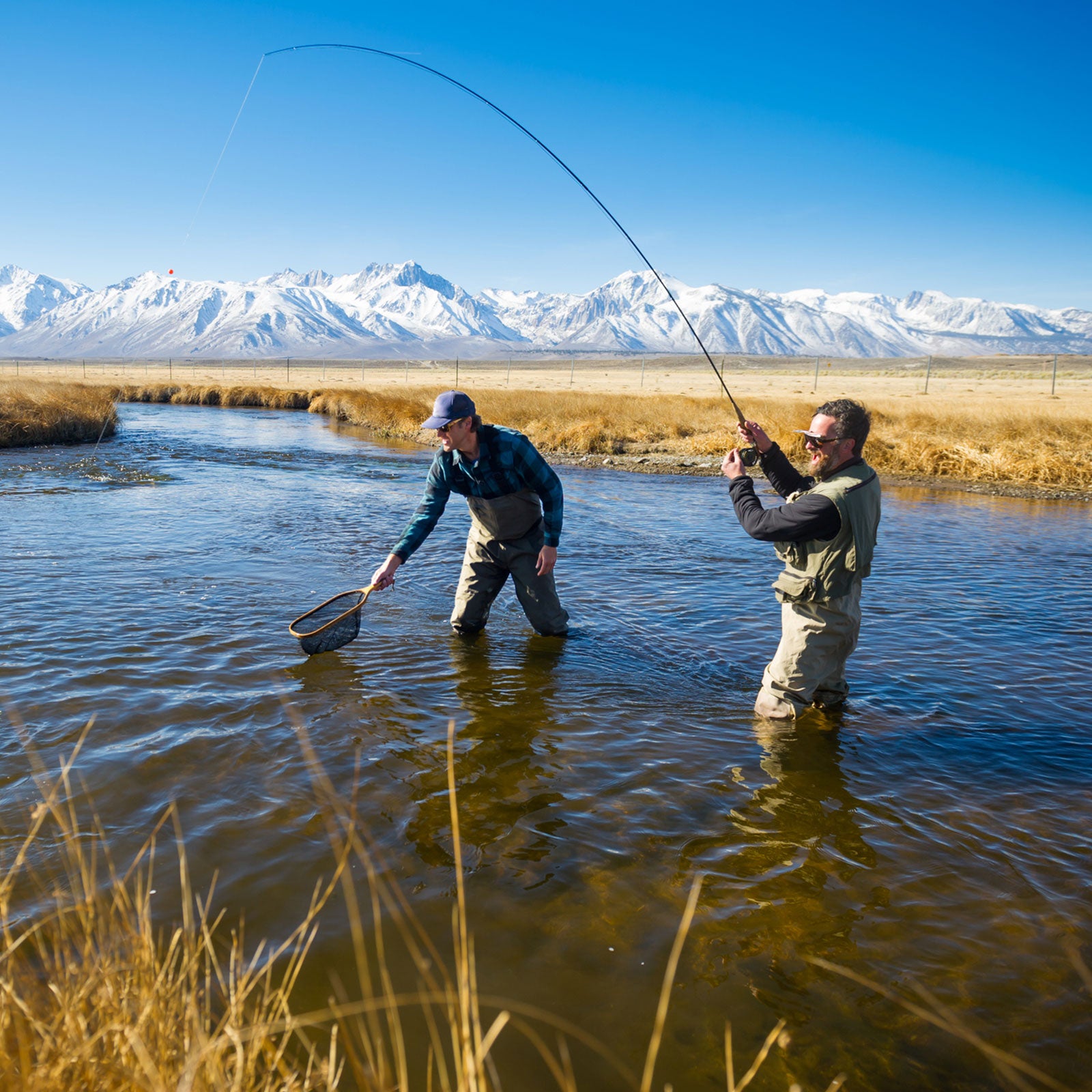The outdoor and fitness industries are bracing for what stands to be the most impactful round of Chinese import tariffs yet, the outcome of which could make gear more expensive for consumers and hit businesses’ bottom lines hard.
, the Office of the U.S. Trade Representative published of $300 billion in goods that could be subject to a 25 percent tax as soon as late June. The list includes athletic footwear and apparel (think rain shells, puffy coats, yoga tights, and running shoes), ski boots, and all manner of sports equipment, from fishing rods to ice skates.
It’s the result of a reignited trade conflict between the U.S. and China. President Trump first instituted tariffs on $50 billion in Chinese imports last April over supposed intellectual property infringement. The last 12 months have seen them added to two additional groups of imports. Monday’s announcement marks what would be the fourth. (China has responded with each time.)
If this round goes through, companies that manufacture these goods in China will face two options: keep the MSRP the same for the consumer and let the tariffs eat into their profit margins, or increase their prices to make up some or all of the losses. How much could prices go up? Chris Steinkamp, director of communications and marketing for Snowsports Industries of America (SIA), says that on a recent conference call about the tariffs, several brands talked about increasing prices the full 25 percent on certain items. (Think about adding such an increase to the cost of an already expensive hard-shell jacket or pair of trail shoes. Say you want to buy a $600 ski shell. Theoretically, these new tariffs could raise its price to $750.) Many brands will probably try to find a middle ground—absorb some of the cost themselves and pass some of it on to the consumer.
“We anticipate that there will be a financial impact to us,” says Drew Saunders, country manager at Salewa North America, which makes alpine apparel, running shoes, and approach shoes. “We also anticipate that the result will be higher prices for the consumer.”
Even if these tariffs are put in place in June, most outdoor consumers won’t start to feel the possible impacts in earnest until the spring of 2020. Brands order gear a year in advance under a specific price, which means that products you’ll see in stores next fall already have a sticker value that can’t be changed. The only prices that are likely to change quickly are from companies that sell exclusively direct to consumers and thus have more flexibility to make split-second adjustments.
The tariffs have to pass through a comment period and public hearings—scheduled for June 17—before they become official. For now, SIA is trying to mobilize brands and retailers to speak to their congressional representatives. Come May 22, the public will have the chance to online.


